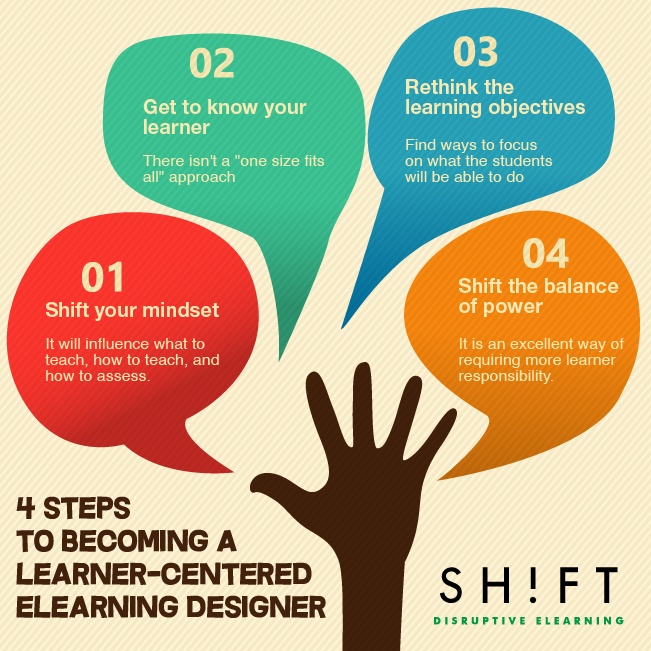As part of our online course, “How to Learn Math for Teachers” by Jo Boaler, he Math Department is learning about something called Number Talks. In a number talk, more info here, students are presented with an open-ended problem and are encouraged to think of many ways to solve and many ways to represent their solution (including both numerical and visual representations). A number talk might start with asking students how to multiply 36 x 5, for example, without a calculator and without pencil/paper (i.e. beyond the procedure traditionally taught). These talks teach students about the flexibility of numbers, how strategy can be applied to numbers, the connections between numbers and other concepts, and the creative, artistic nature of numbers. At the same time, it teaches them to expect multiple solutions to problems (i.e. Math is not about getting one right answers) and lets them practice explaining their ideas, methods and solutions.
I really love the idea of number talks and think that even doing a simple problem like 36 x 5 in a high school class has real benefits. But, I’d rather find a way to change the way I’m teaching so that I use the idea of a number talk to talk about the more advanced topics that we teach in our classes. And that’s why I was so excited when Lesley sent us a example of such a number talk that she had just played with as part of the Mindset Mathematics Leadership Conference.

It helped that I was just wrapping up a unit on radicals in Algebra 2 with Trigonometry and I was totally hooked on how to solve this visually. I of course knew how to solve Algebraically/procedurally but this was asking for much more. Did I really understand what a square root was? It took me a good hour thinking hard about what a square root really is. A finally settled on thinking of the square root as the side of one square. But, even then it took me time to figure out what that meant, and what the expression x+15 meant. I was thinking, not simply doing. I was stretching my brain and it was exciting!
I finally came up with this solution and felt really satisfied with the experience:
Because we were just wrapping up this unit in Algebra 2, I decided to pose this problem to them as a number talk. And, here’s where my failure began. Because I was at the end of the unit, and a bit behind the other Algebra 2 class, I didn’t feel I could devote class time to actually do the number talk. And if I’m being totally honest, I doubted that many of my students would have been able to handle it. Instead, I put it on my board and asked students to think about it and contribute whenever they had an idea. I told them it would live on my board for a couple of weeks and we’d see what gets filled in. I had visions of some of my more motivated/math-interested students thinking about this as I did and using their free time to come to my room to make their contribution to my board.
Well, it’s been about two weeks and here’s what my board looks like:
Don’t be fooled. The pictures you see have nothing to do with the problem. That’s work by my Geometry students who needed some board space to work on their problems. Not one student contributed to my number talk. It’s not their fault. To really have done this right, I needed to model it for them by using class time. I chose not to, under pressure to stay on schedule, and perhaps missed out on a really deep Mathematical experience.
This is making me think a lot about much of the innovation we’ve been talking about both in our department and as a school. In order to be truly student-centered, we as teachers need to be able to go off-schedule, right? We need to have the flexibility to follow the curiosities of our students. But, how does this work when we have a Scope & Sequence that dictates how long and which topics to cover? Isn’t this teacher-centered? If we are truly student-centered, are we comfortable if some sections of Algebra 2, for example, cover different topics than other sections? How might this affect our sequential courses? Or do we do enough re-teaching in our sequential courses that we could accommodate such a student-centered model? Beyond sequential courses, would this compromise a student’s ability to do well on standardized tests, such as the SAT, if we go deep in one topic and miss another all together?
Sorry, that was a lot of questions but I am confused about how to do this. Fortunately, our new Algebra 1 program will remove the timing pressure that the Scope & Sequence creates. Students will self-pace through the material and we’re intentionally building in lots of opportunity for deep thinking activities, such as number talks. The Scope (the curriculum), however, is still built by us, the teachers. Might there be a way for us to make the scope more student-centered, so that students determine the concepts they cover?
I’d like to argue that if we focus on deep thinking, we can move away from our current approach of covering concepts and move toward an approach that teachers math strategy/math flexibility so that when they are presented with a topic they’ve never seen (whether on the SAT or in a later math class) they can use their mathematical intuition to figure it out. After all, all Math concepts can be derived from basic principles.


















